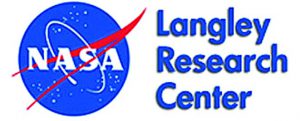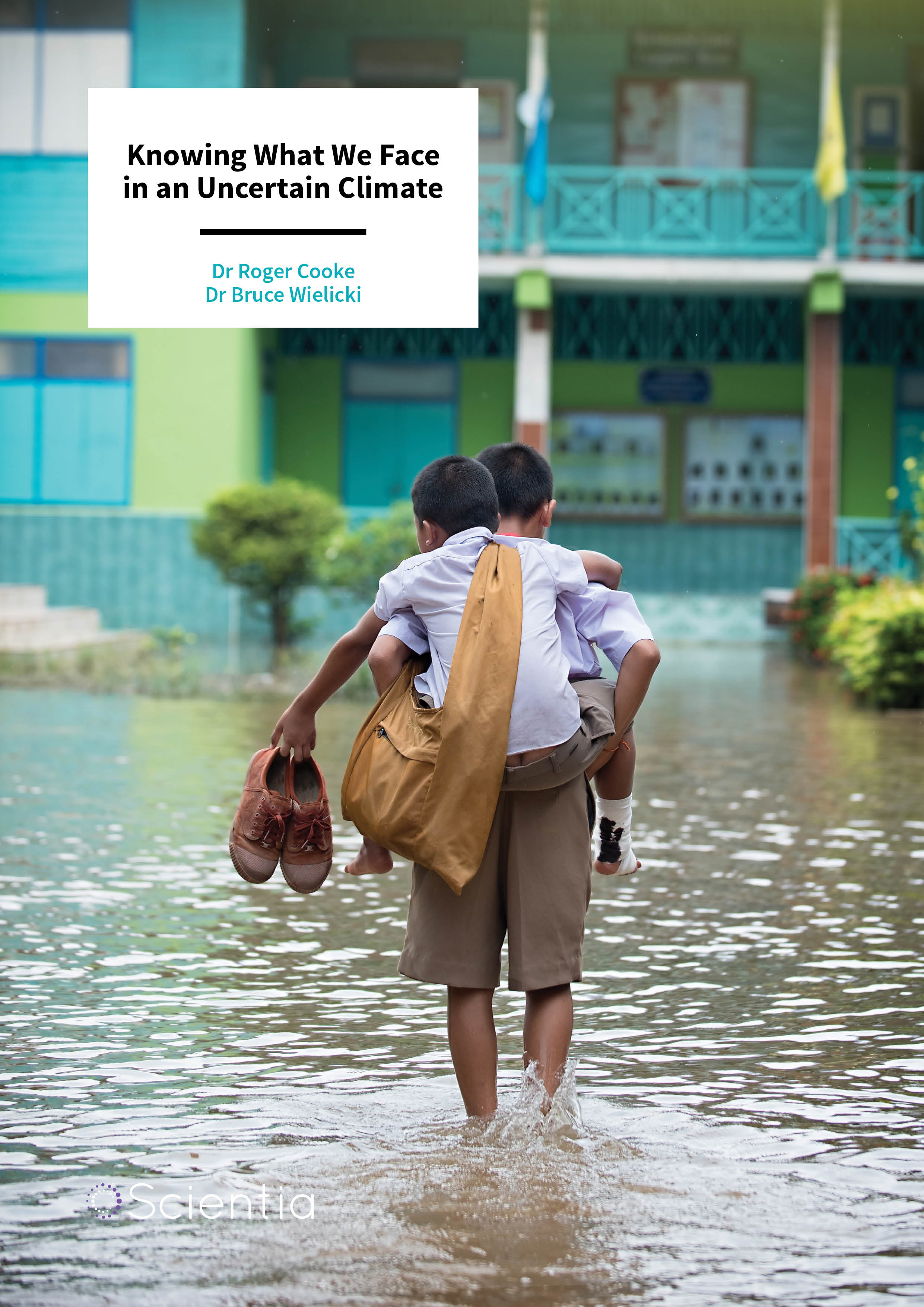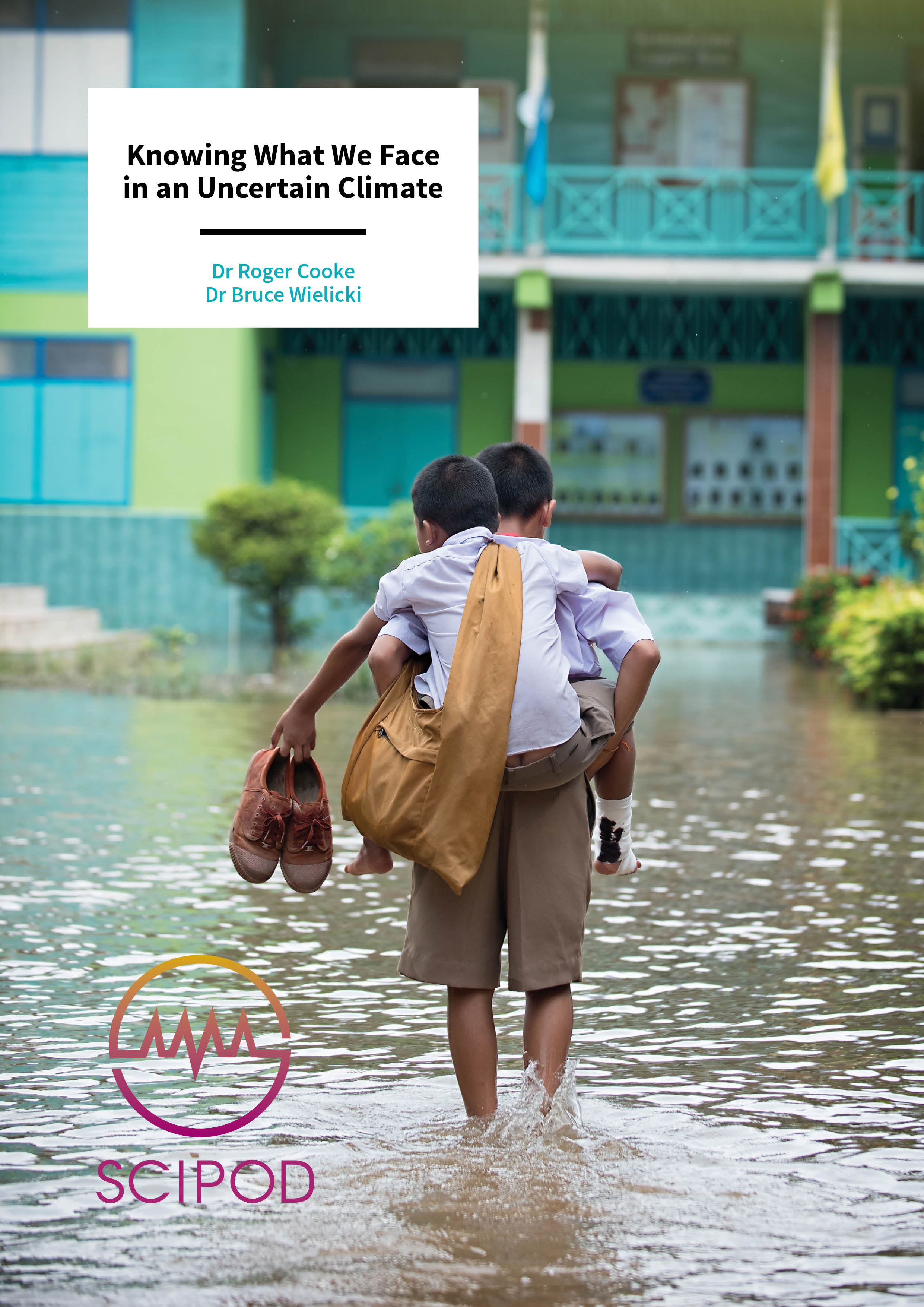Dr Roger Cooke | Dr Bruce Wielicki – Knowing What We Face in an Uncertain Climate
Dr Roger Cooke of the non-profit Resources for the Future and Dr Bruce Wielicki of the NASA Langley Research Center have been researching the challenges, costs and benefits of a proposed international climate observation system capable of providing the highly valuable information needed for managing our climate.
The significance of Earth’s climate to our lives is impossible to overstate – climate is the medium in which we live. Climate issues are wide-ranging, and include sea-level rise, droughts, floods, heat warming events, and the availability of food and fresh water. Agriculture is of course heavily tied in with these factors, and the effect of climate change on our infrastructure is also alarming – buildings, electricity generation, transportation and water delivery systems are all impacted by the climate.
Earth’s climate has multiple parts, including the atmosphere, ocean, land and cryosphere. In addition to the variables intrinsic to these areas, the changing climate is also heavily interdependent with many social, economic and political variables.
Dr Roger Cooke of Resources for the Future and Dr Bruce Wielicki of the NASA Langley Research Center propose that climate change should be examined as if it were an economic ultimatum of global proportions. Through their research, they have found that decision making in this area has very quantifiable consequences. ‘We will be managing the Earth’s climate system as long as humans remain on this planet,’ says Dr Wielicki. ‘The stakes are high and we better get it right.’
The economic benefits of climate science not only impact the immediate future – the repercussions of any decisions regarding climate change expand exponentially into future decades. This necessitates a new climate observation system capable of providing the information needed for sophisticated emerging models.
‘We will be managing the Earth’s climate system as long as humans remain on this planet. The stakes are high and we better get it right.’
The seriousness of climate change makes it a major risk to modern society. Drs Cooke and Wielicki’s research suggests, however, that switching from ‘business as usual emissions’ to reduced emissions once an established limit has been exceeded could greatly reduce worldwide damages. Knowing as much as possible about these growing pressures is fundamental to our success in managing the effects of climate change into the future.
A Lucrative Investment
The information derived from climate observing systems and improved environmental regulation is now being quantified as tangible economic value. This ‘value of information’ (VOI) is increasingly relevant to the world’s economies and has been shown to be consistently valuable in many different scenarios. Dr Wielicki and his colleagues recently wrote a review article citing that an advanced international climate observation system is worth US$10 trillion to the global economy. Thus, there are significant local and economic benefits to such a system.
Current investment in climate observation amounts to US$4 billion per year. Tripling the investment in such a system would mean approximately 50 times the monetary return, as verified by an independent analysis published in 2015. In their review, Dr Wielicki and his colleagues note that few investments offer such a massive return, and that it would be a cost-effective approach to a stable economic future, offering a return on investment ranging from 25:1 to 100:1.
Conversely, the economic costs of climate damage by continuing our ‘business as usual’ practices between the years 2050 and 2100 have been calculated to be somewhere between 0.5% and 5% of GDP per year, depending on climate sensitivity. Two studies carried out in 2014 and 2016 by Dr Cooke estimated that the cost of delaying an advanced observation system would range from US$250 to $570 billion per year.
Drs Cooke and Wielicki use models established by the US government for monetising the damages of greenhouse gas emissions. These integrated assessment models help to establish the relationship between emissions, temperature rise and climate damages. They combine simple climate, carbon cycle and economic models with assumptions about population growth, income growth, technological change and public policies.
The ‘Social Cost of Carbon’ (SCC) is an estimate that is commonly used to evaluate the economic impacts of climate change. Rather than solving a problem, however, the SCC is typically calculated for the purpose of simply estimating cost in the form of environmental damages. VOI builds on this and calculates the damages that better observation systems would actually avoid. Thus, VOI techniques can convert the value of future observing systems into hard cash, and this can have a further payoff in terms of designing better observing systems to maximise their cash value.
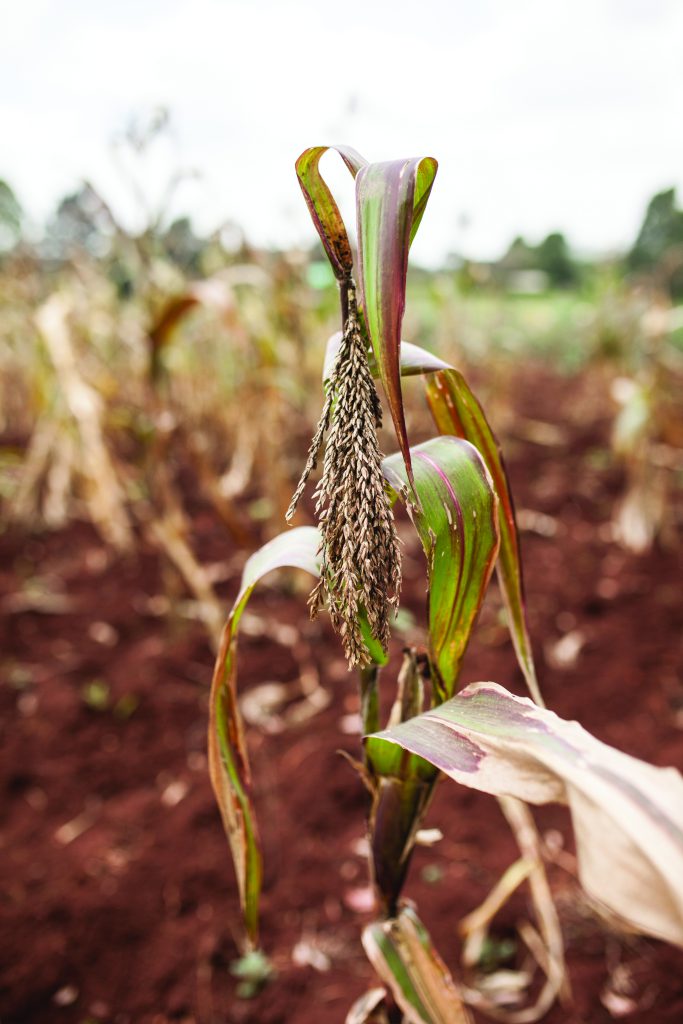
Managing Uncertainty
Dr Cooke notes that the current climate debate is hampered by a cognitive illusion which he calls the Confidence Trap. ‘Faced with a sequence of uncertain events, most people successively choose the most likely outcome of each event, and then treat those outcomes as if they were certain,’ he says. ‘The confidence trap consists of ignoring these cascading uncertainties.’ In the current political climate, elected officials put all the burden of proof on those claiming that climate change is real and humans are responsible. These officials do not call for proof that climate change is NOT happening. The confidence trap lures some scientists into accepting this lopsided proof burden. If things are really uncertain, then whoever gets stuck with the proof burden loses.
Our climate future is uncertain, and our collective decision making must take the full range of uncertainties into account. The parties to the climate debate should be sharing instead of shifting the proof burden.
Dr Cooke says that using uncertainty as a justification for inaction is reckless, as the worst course of action is to assume that there are no risks. The urgency of action on climate change outweighs the desire for having all the facts available, which may not come in time to respond. This is why early learning can have great value. ‘Learning about risks by suffering their consequences is a luxury that humankind can no longer afford,’ says Dr Cooke. The timeframe for an advanced system to provide the data necessary for long term policy making ranges from 10 to 40 years, and the timescales of the predictions afforded range from seasons to centuries. As such, we have to prepare for multiple futures.
Dr Cooke stresses that the public needs a better understanding of the nature of science. Science advances in certainty and confidence as results are confirmed from independent observations, models and analyses. During this process of reducing uncertainty, scientific debate and disagreements are at the heart of advancing understanding. Care is also needed to separate science from politics as much as possible – the ‘Aryan Physics’ movement in Nazi Germany provides a cautionary example.
There are a number of ways to reduce scientific uncertainty – observations of climate processes such as clouds can be used to develop improved prediction models, while long term climate change observations can be used to test how well the new models can predict future climate change. Dr Wielicki emphasises that both scientists and society look at climate change through three fuzzy lenses: the noise of climate natural variability, uncertainties in observations, and uncertainty in climate model predictions. Science cannot eliminate natural variability, but it can work to greatly improve the clarity of the observation and modelling lenses through which we view and plan our climate future.
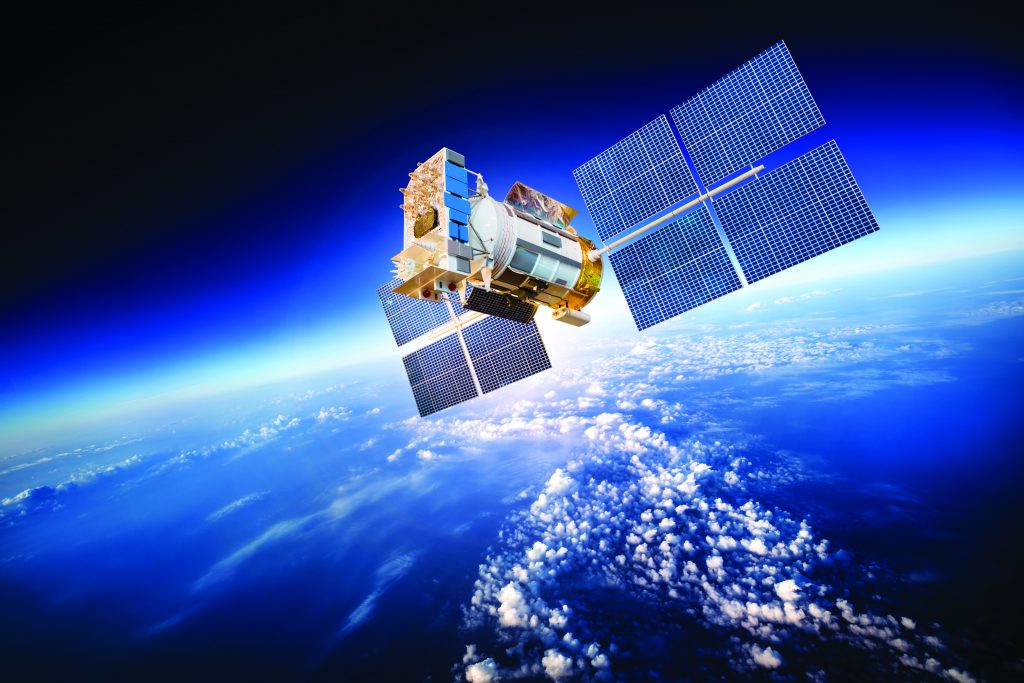
A further area of uncertainty is that the SCC is not comprehensive – it does not incorporate the costs of political instability, ocean acidification, species loss or ecosystem services. It also struggles to incorporate the costs of low likelihood but very high impact changes that might arise due to larger than expected releases of methane and carbon dioxide from the warming arctic, or faster than expected melting of the Greenland and Antarctic ice sheets.
In SCC calculations, the uncertainty range of equilibrium climate sensitivity is a critical factor. This is because in integrated assessment models, climate change economic damages are fundamentally an expression of the capacity of the global temperature to change. The amount of future global temperature change in turn is strongly driven by climate sensitivity. If the climate sensitivity uncertainty range is a factor of 4 with 90% confidence, then the uncertainty range in economic impacts is a factor of 16. In his 2013 paper, Dr Wielicki says that these uncertainties can be greatly reduced in the future by using higher accuracy and more complete climate observations.
SCC estimates will need to be continually updated to reflect changes, particularly in areas such as policy and economic changes, which tend to be difficult to predict. Despite the complexity of societal decisions, which are impacted by long term policy intricacies, results show that the predictions of imperfect models are preferable to none. Agreement on the level of uncertainty relating to uncertain factors, such as ice sheets, would assist in the mathematical refinement of the models used. A greater number of uncertain inputs is always beneficial – the more information the better.
Old Designs, New Challenges
Historically, climate change has been approached as a scientific problem. Drs Cooke and Wielicki argue that it needs to be thought of as having an importance to society that is as tangible as anything else. Therefore, a more comprehensive, coordinated approach is required. The pair points out that if climate observation systems had some of the qualities of international weather observation systems, such as continuity and robust international commitments, they would be greatly enhanced. But they also need to go well beyond weather observing systems, as they need to measure ten times as many variables at ten times the accuracy of weather observations. As Dr Wielicki says, ‘We are perfectly fine with a temperature accuracy of 1 degree centigrade on tomorrow’s weather forecast, but observations of climate change over decades requires much better than 0.1 degrees accuracy.’
An international observation system for joint social and scientific climate problems has never been developed before, and current observation systems were not planned to meet emerging needs. The past inadequacy of observation systems, which has severely hindered advancements in our understanding, means that there is a need for a significantly expanded system. Many observation systems were not designed specifically for climate observation and this has limited the usefulness of the data they collect. Datasets must be relevant for the long term, and records dating from decades ago are sometimes inadequate in facilitating predictions of natural variability and global changes. Drs Cooke and Wielicki have called for a need for more advanced observation not only for present decisions, but for all future ones too.
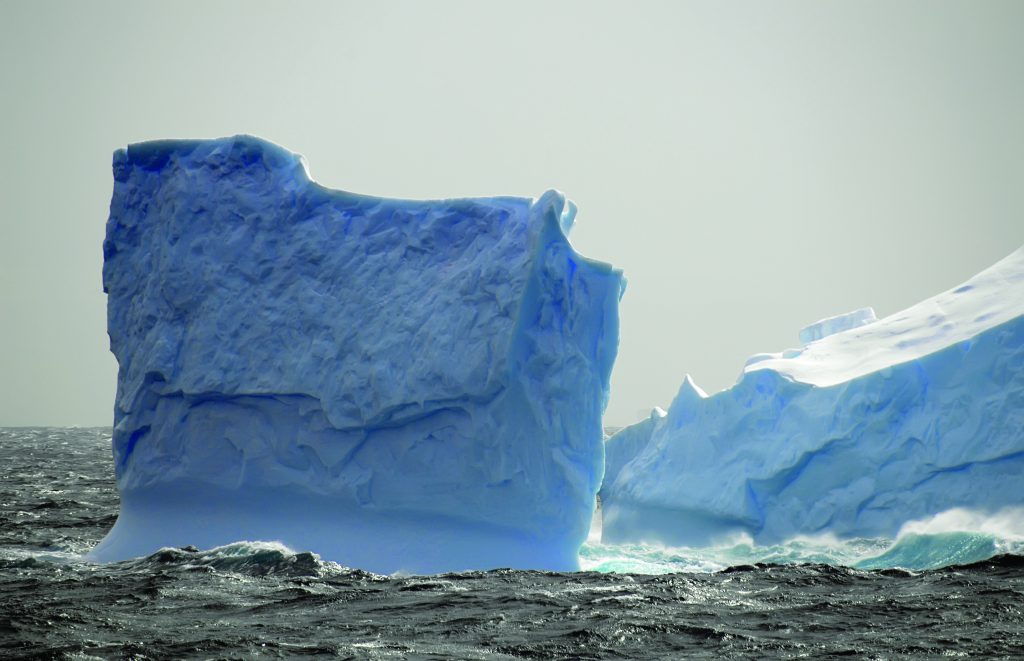
Improvements that Facts Demand
Planning an international climate observing system takes a combination of expertise in climate science and economics. Currently, there is an effort to synergise the data from multiple projects: the NASA CLARREO Climate Accuracy Framework (2013), the Interagency Memo on Social Cost of Carbon (2010) and the DICE Integrated Climate/Economic Model (2009). The CLARREO mission (Climate Absolute Radiance and Refractivity Observatory), of which Dr Wielicki is the science team lead, is set for launch on the International Space Station in 2022, and will operate for 1 to 2 years. CLARREO will be focused on demonstrating climate change observations that will be 5 to 10 times more accurate than current observations.
Approaches to address climate change include mitigation (including greenhouse gas reduction and reversing or stopping deforestation), adaptation and responses such as geo-engineering. Existing observation systems will also need to be augmented where beneficial. Technology is more than adequate for the development of a more advanced system – it is essentially a question of funding.
Observation systems need to be classified according to the roles they serve for observation and society. Further, it is important to use climate models to help determine which observations are most critical to improving the accuracy of future climate model predictions. Such activities bridge the research worlds of climate modelling and climate observation, and can help prioritise future observations. Finally, having a more accurate and complete observing system would reduce the amount of time needed to observe climate trends. Because of this, if we are to understand climate change as rapidly as is required, we must develop high accuracy in our observational systems.
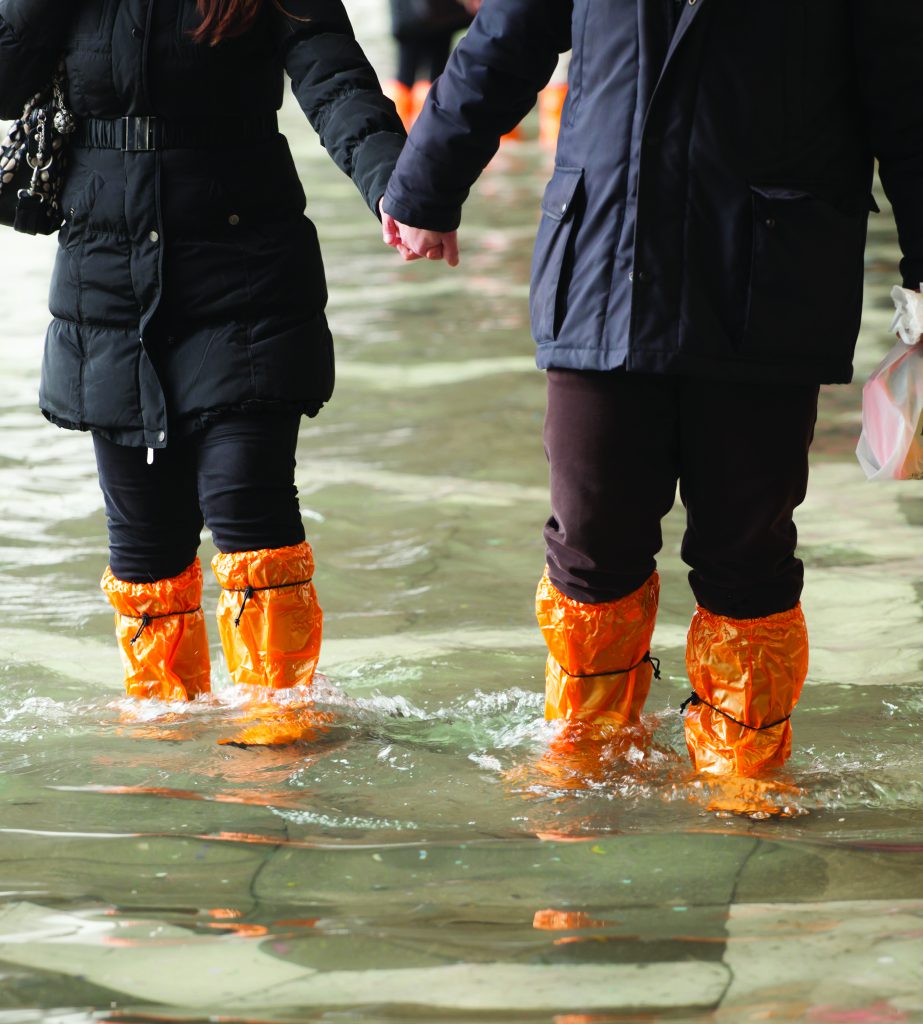
The Integrated Future of Observation
Managing our climate is simply a reality that we have to face and live with now. The future offers multiple areas in which the economic value of climate observations can be investigated. Relevant areas that Drs Cooke and Wielicki point to include cloud and carbon cycle feedbacks, aerosol forcing, sea-level rise, ocean acidification and ice sheet and glacier changes.
It is impossible to delay a decision when delaying is itself a decision. Imperfect information is the only basis for any path we can take, and as such, our only option is to maximise the quality of that information.
Meet the researchers
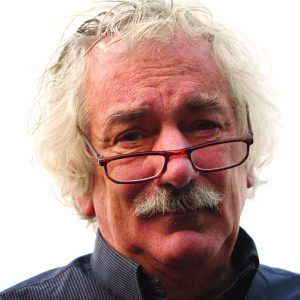
Dr Roger Cooke
Resources for the Future
Washington, DC
USA
Dr Roger Cooke’s early work focused on the foundations of quantum mechanics and probability. He received his PhD from Yale University in mathematics and philosophy in 1975. He is currently the Chauncey Starr Senior Fellow at Resources for the Future, Washington DC, and also works on the value of information of Earth Observation Missions for NASA Langley. He consults for expert judgment studies on invasive species (NOAA), food borne diseases (WHO), The National Institute for Aerospace, efficacy of public health measures (Robert Wood Johnson, CDDEP) and nitrogen loading in the Chesapeake Bay (EPA).
CONTACT
T: (+1) 202 328 5127
E: cooke@rff.org
W: http://rogermcooke.net/
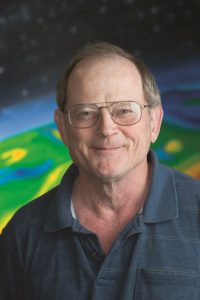
Dr Bruce Wielicki
NASA Langley Research Center
Hampton, VA
USA
Dr Bruce Wielicki earned his PhD in Physical Oceanography from the Scripps Institution of Oceanography in 1980, in which year he also joined NASA. At NASA, he has given special focus to clouds and radiation and their effects on Earth’s climate. He is the Senior Scientist for Earth Science at the NASA Langley Research Center, the Science Team Lead for the NASA CLARREO mission and served as the Principal Investigator for NASA Clouds and the Earth’s Radiant Energy System (CERES) instruments.
CONTACT
T: (+1) 757 864 5683
E: b.a.wielicki@nasa.gov
KEY COLLABORATORS
Dr V. Ramaswamy, Director, NOAA GFDL, Princeton, MA
Dr Betsy Weatherhead, CIRES, Univ. Colorado, Boulder, CO
Alexander Golub, American University
FUNDING
NASA

